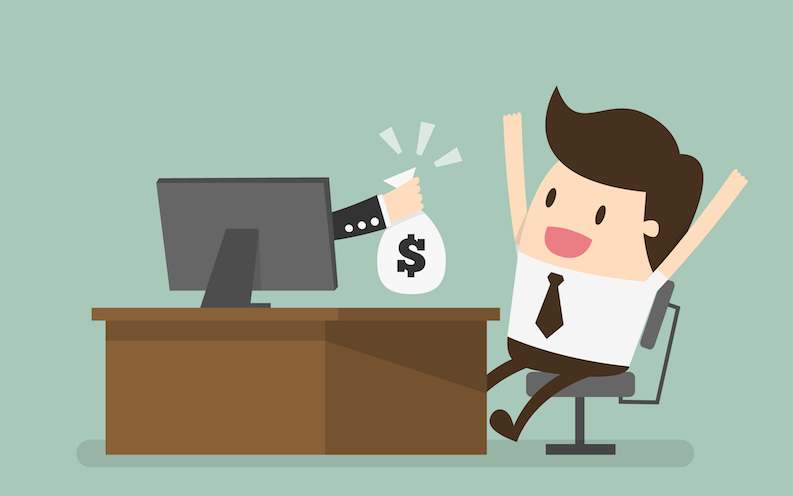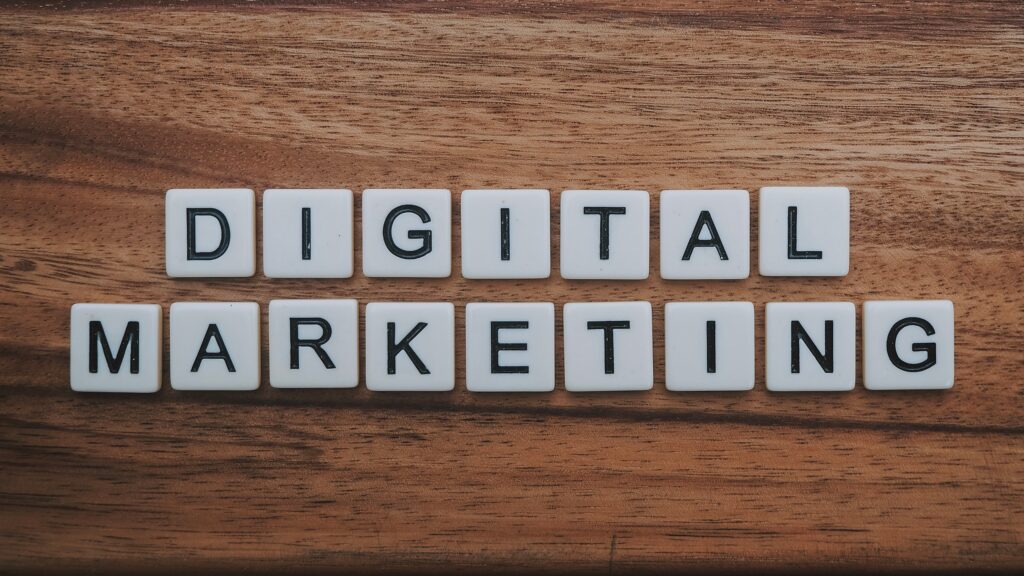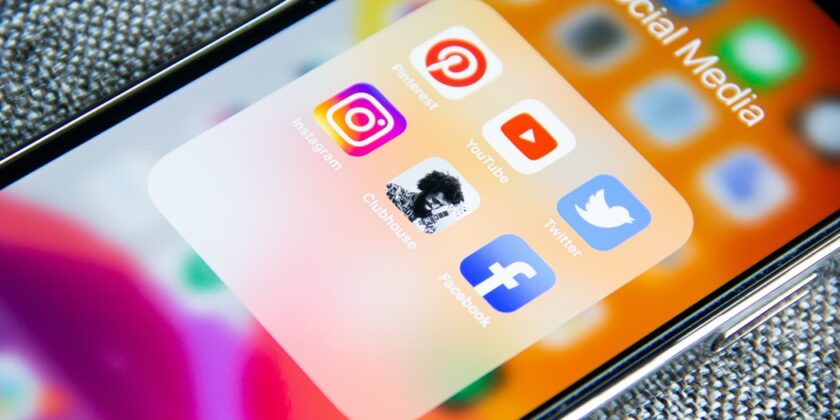Hello there!
If you are getting started with your journey into Digital Marketing, you may find it slightly confusing. Today I will be showing you the difference between paid social and organic social. How you can use both to optimise your business.
What is organic social media?
Organic social media is essentially content that is free. This can include anything from photos and gifs to videos and stories. This content can be made and shared organically with your audience on platforms such as Twitter, Facebook, and Instagram. In this case, those who follow or engage with your content organically. People who keep up to date with your # and your interactive content.
Organic social media is great for establishing your brand and social personality. It helps to build relationships with your audience by engaging a variety of people.

Pros Of Organic Social
There are many pros to using organic social, the main one is it’s free! Organic social makes it easy for you to manage your customer relationships and build trust with your audience. It feels much more intimate and personalised to the audience. Organic social allows you to post frequently and freely, which adds to your brand’s tonne of voice and vision.
User generated content
Having fewer followers isnt a bad thing. Through the use of social media and the power of UGC (user-generated content) your brand can reach wider audeinces. UGC is a form of content that is created by audiences and fans and is published on social media. UGC gives customers a unique opportunity to actively be a part of a brand’s journey and results in brand loyalty. Sometimes all you need is a few loyal customers. The word of mouth is important, do not underestimate the power of brand loyalty!
You are catering to people who all share the same love of your brand. When managing your social media it’s great to try various types of content. When doing this it’s also just as important to get immediate valuable insights from your audiences. Through the use of the poll or questions tool on Instagram stories, audiences can give you feedback and improvements. These are all fantastic ways to get constructive feedback.
Organic social is definitely a great way to start your social presence. It allows you to gain a trusting audience with who you can interact and manage.
Cons Of Organic Social
Although organic social media is a fantastic way to start, it can be a slow burner to see the rewards. By this, I mean organic social can take a long time to become effective, this is because it’s targeting your followers and therefore could sometimes not reach as many people as you’d like. In addition, the use of algorithms hinders your content from being seen. Social media platforms and search engines use ranking algorithms, this means your content can be lost along the way and only a few of your original followers can see your content. For big brands, this can be difficult because they will have thousands of followers but their reach will often be small.
This is where paid social media comes in.

Pros Of Paid Social
The greatest benefit of paid social is that it allows businesses to use the algorithms to their benefit and reach wider audiences. It can lead to new audiences discovering your business. Paid social essentially boosts what you already have and optimises your content to reach targets. Depending on what your objective is, paid social can reach as many relevant people as possible and convert those people into loyal customers/users.
When running campaigns, paid social media boosts your content, which organic social can’t do. With paid social, as long as you continue to pay, you will increase brand awareness and conversions.
Pay per click (PPC)
PPC stands for Pay per click, it is a type of marketing where businesses pay each time someone clicks on their ad. The way this works is you set a budget on a platform such as Google and Facebook, which are two of the largest platforms. Businesses then pay if someone clicks on it.
The great thing about PPC is if a user does not click the ad you won’t be charged but awareness is still being made. It’s a great way to have content being seen. Essentially, awareness is always being made every time someone sees the ad, but a fee is only taken once someone has actually clicked and engaged with the ad which can be cost-effective.

Cons Of Paid Social
Due to the high demand for social advertising, there is a lot of competition for the space of the feed. A lot of users are often put off by the number of ads and so they ignore them. Too much of anything isn’t good, and this counts for too much brand awareness.
Another issue is a lot of people do not agree with data being taken on them. For example, Facebook assigns various categories to users based on its algorithm. But a lot of users are saying the data doesn’t represent them correctly which therefore means ads are being wasted on the wrong audiences.
In addition, paid ads will reach a large number of people which means posts are susceptible to a lot of hate and negative comments which can be hard to manage. maneging the ads in itself is a time-consuming job that could potentially cost more for a business.

Conclusion
I could go on for days about the pros and cons and go deeper into the types of social media marketing, but we would be here forever! Social media is an extremely useful digital marketing tool to grow your business. These pros and cons are the basics, there is so much to learn within these, like SEO and figuring out the best type of advertising model e,g PPC (pay per click) and CPC (cost per click) and how to advertise on various social media platforms.
If you’d like to learn more about tools for digital marketing click here. You can also check out some great resources and blogs all about digital marketing to kick start your career!


